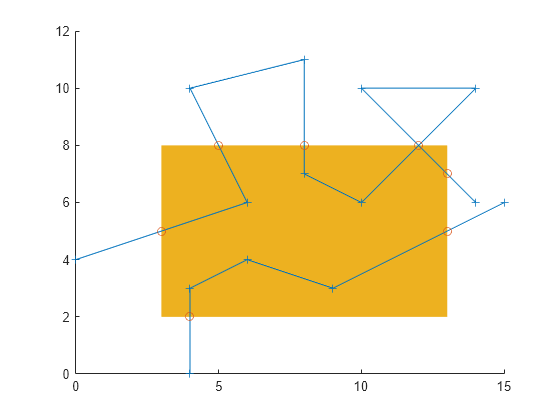
Exporting Text Enclosed In A Poly Line Corporation
Import arcpy # A list of features and coordinate pairs feature_info = [[[1, 2], [2, 4], [3, 7]], [[6, 8], [5, 7], [7, 2], [9, 5]]] # A list that will hold each of the Polyline objects features = [] for feature in feature_info: # Create a Polyline object based on the array of points # Append to the list of Polyline objects features. Append (arcpy. Polyline (arcpy. Array ([arcpy.
Nungging pahh ah crot. Note: You can export only one database object in a single export operation. When you export a form or datasheet that contains subforms or subdatasheets, only the main form or datasheet is exported. You must repeat the export operation for each subform and subdatasheet that you want to view in the text file. On the other hand, when you you export a report, subforms and subreports that are included in the report are exported along with the main report. • Review the source data to make sure it does not contain error indicators or values.
If the data contains errors, make sure you resolve them before you export the data. Otherwise, null values will appear in the text file. • If the source object is a table or query, decide whether you want to export the data with or without the object's formatting. This decision affects three aspects of the resulting file — the type of text file that the process creates, the amount of data that is exported, and the display format of the data.
The following table describes the outcome of exporting formatted and unformatted data. Export formatted Source object Resulting file type Fields and records Formatting No Must be either a table or query. Delimited file or fixed-width file All fields and records in the underlying object are exported. Format property settings are ignored during the export operation. For lookup fields, only the lookup ID values are exported.
Yes Can be a table, query, form, or report. Formatted file Only fields and records that are displayed in the current view or source object are exported. Wizard respects the Format property setting of each column. Rich text formatting is ignored.
For lookup fields, the lookup values are exported. Hyperlinks may be truncated in the text file. • To export only a portion of a table, query, or form, open the object in datasheet view, and then select only the records that you want. Run the Export Wizard • In the Access Navigation Pane, right-click the source object, point to Export, and then click Text File.
You can also launch the Export - Text File wizard by highlighting the source object in the Navigation Pane and then on the External Data tab, in the Export group, click Text File. Access opens the Export - Text File dialog box. • In the Export - Text File dialog box, accept or change the name that Access suggests for the text file. • If you are exporting a table or a query, and you want to export data with formatting and layout, select the Export data with formatting and layout check box. If you are exporting a form or a report, the option is always selected, but appears dimmed. Note: If you don't select the first check box, you can't select the second or third check boxes. • To view the destination text file after the export operation is complete, select the Open the destination file after the export operation is complete check box.